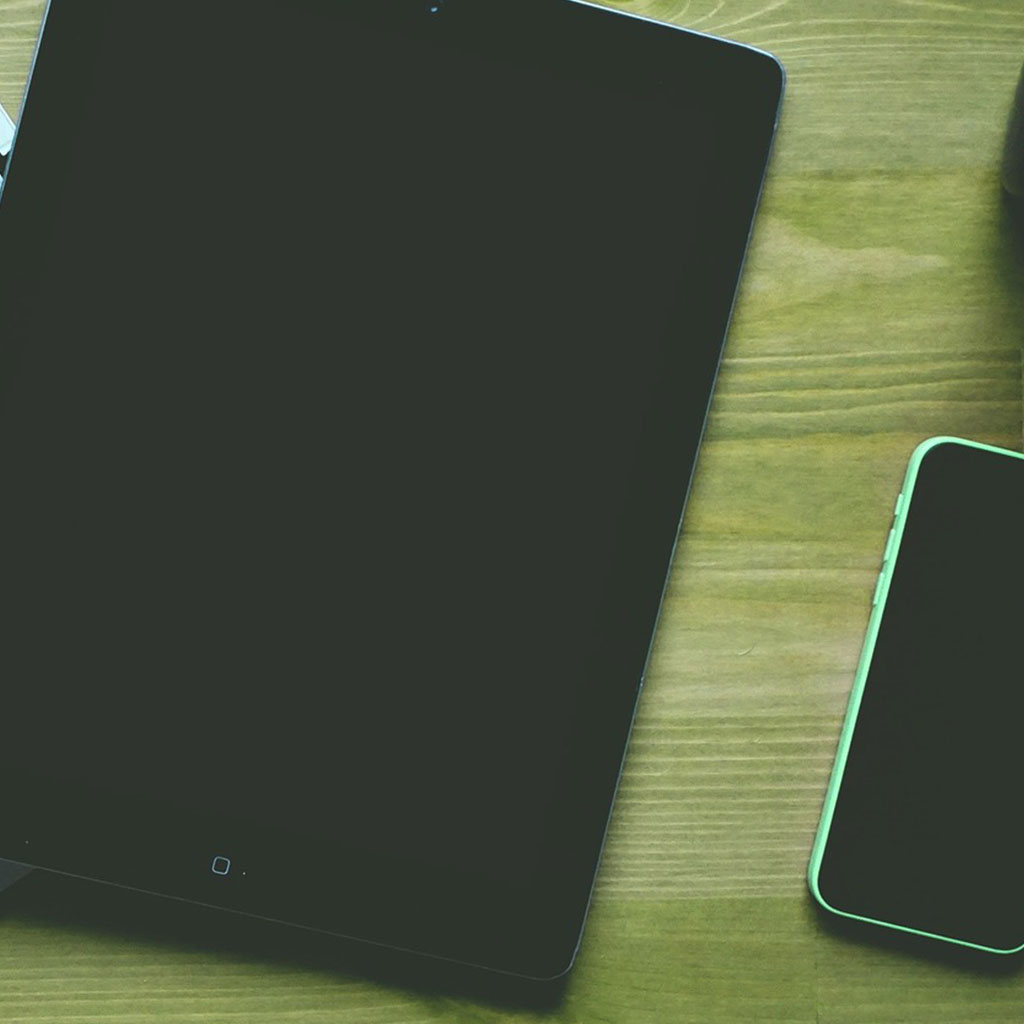Do iPads have Sim Cards
Do iPads have Sim Cards
A fundamental query that often arises is whether iPads come equipped with SIM card slots, unlocking a world of cellular capabilities. In this article, we delve into the intricacies of iPad connectivity, addressing the presence and functionality of SIM cards in these iconic Apple devices.
Are iPads equipped with SIM cards for ultimate connectivity?
Yes, iPads are available in two main versions: Wi-Fi only models and Wi-Fi + Cellular models. The latter include a SIM card slot, allowing them to connect to cellular networks in addition to Wi-Fi. Here are some detailed points regarding iPads and SIM cards:
- Wi-Fi Only vs. Wi-Fi + Cellular Models:
- Wi-Fi Only Models: These iPads can only connect to the internet via Wi-Fi networks. They do not have a SIM card slot and cannot be used with cellular data plans.
- Wi-Fi + Cellular Models: These iPads have both a SIM card slot and Wi-Fi capabilities. This allows them to connect to cellular networks, providing internet access even when Wi-Fi is unavailable.
- Types of SIM Cards:
- Nano-SIM: Most modern iPads, including the iPad Air and iPad Pro series, use a nano-SIM card. This small, thumbnail-sized SIM card is the standard for many mobile devices.
- eSIM (Embedded SIM): Some newer iPad models, starting with the iPad Pro (3rd generation), support eSIM technology. An eSIM is a programmable SIM card embedded directly into the device, eliminating the need for a physical SIM card.
- Cellular Data Plans:
- Carrier Compatibility: Wi-Fi + Cellular iPads can be purchased through cellular carriers or directly from Apple. They are compatible with a wide range of cellular providers around the world.
- Data Plans: Users can subscribe to cellular data plans offered by carriers. These plans provide data allowances for cellular connectivity, allowing the iPad to access the internet when Wi-Fi is not available.
- Activating a SIM Card:
- Physical SIM Card: For iPads with a physical SIM card slot, users can insert a compatible nano-SIM card provided by their cellular carrier. The iPad will guide them through the activation process.
- eSIM: To activate an eSIM, users typically need to go through the device’s settings and choose a carrier and plan from the available options. The activation process may vary slightly depending on the carrier and region.
- Benefits of Cellular Connectivity:
- Enhanced Portability: Wi-Fi + Cellular iPads offer greater flexibility and mobility, allowing users to stay connected even in areas without Wi-Fi coverage.
- GPS and Location Services: Cellular models often have GPS capabilities, which can be useful for location-based services and navigation.
- Considerations:
- Cost: Cellular models are typically more expensive upfront due to the inclusion of cellular hardware. Additionally, users will incur costs associated with cellular data plans.
- Battery Life: Using cellular data can consume more battery power compared to Wi-Fi, so users should be mindful of their device’s battery life.
Ultimately, the decision to choose a Wi-Fi only or Wi-Fi + Cellular iPad depends on individual preferences, usage patterns, and the need for constant connectivity on the go.
What are some common issues users may encounter with SIM cards in iPads, and how can they be resolved?
Users may encounter several common issues with SIM cards in iPads. One prevalent challenge is the incorrect insertion of the SIM card into the card tray. This can occur when users inadvertently place the SIM card in the wrong orientation or attempt to force a larger SIM card into a slot designed for a smaller size. To address this, users should carefully review the iPad’s manual or online resources to ensure proper placement. Additionally, a paper clip or SIM card eject tool, often included with the iPad, can be used to safely open the card tray and correctly seat the SIM card.
Another issue arises when users upgrade from an older iPad model, such as a 3rd generation, to a newer one that may require a different SIM card size. If the older iPad utilized a larger SIM card, it may not be compatible with the newer model’s card tray. In such cases, users can contact their cellular provider to request a replacement SIM card in the appropriate size, ensuring seamless compatibility with the newer device. Additionally, if users experience disruptions in cellular services after inserting a new SIM card, it may be necessary to contact their carrier for assistance with activation or troubleshooting.





You must be logged in to post a comment.